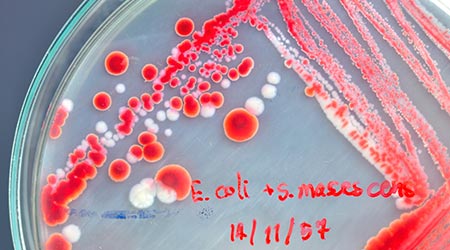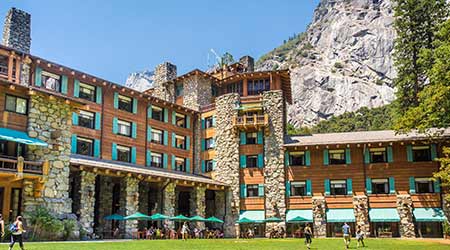
Solar Cells Using Bacteria Could Solve Low-Light Issue
August 10, 2018
Researchers at the University of British Columbia (UBC) have developed a solar cell that uses bacteria to produce electricity, even in low light. This development would be beneficial in northern climates or where cloudy skies are common.
Biogenic solar cells are in the early phases of development. In other efforts, researchers have extracted the natural dye that bacteria use for photosynthesis to build the biogenic solar cells — is a costly and cumbersome process, according to the university.
UBC’s department of chemical and biological engineering researchers instead engineered E. coli bacteria to overproduce lycopene, the phytochemical that makes tomatoes red. Lycopene is beneficial for harvesting light to convert to electricity. The genetically modified bacteria were coated with a mineral that serves as a semiconductor and then coated onto a glass surface.
Researchers were able to generate a current density of 0.686 milliamps per square centimeter, which is nearly twice as high as the level that previously had been achieved with biogenic solar cells.
By doing away with the need to remove the dye from the bacteria, producing biogenic solar cells would be less costly, researchers say. But the optimal solution would be to find a way to keep the bacteria alive so they could produce the dye indefinitely, according to the university. The UBC research was published in the journal Small.
Next
Read next on FacilitiesNet












